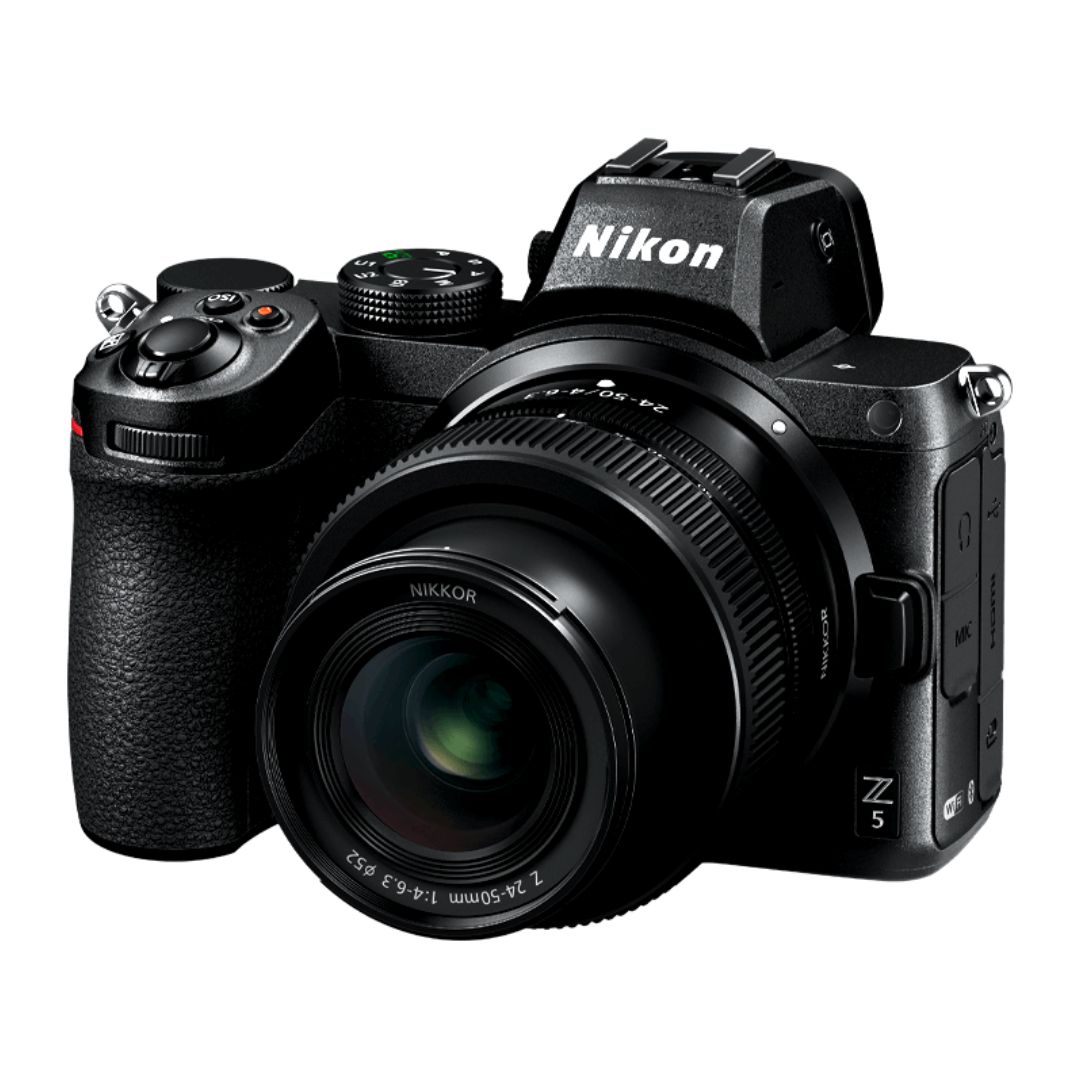Soft light is an essential element in fine art intimate photography, creating a dreamy, delicate, and emotionally rich atmosphere. Unlike harsh lighting, which can create strong shadows and contrast, soft light gently wraps around the subject, enhancing natural beauty and evoking a sense of warmth and intimacy. In this article, we will explore how to effectively use soft light to achieve a fine art intimate look.
Understanding Soft Light
What Is Soft Light?
Soft light is diffused and spreads evenly, reducing harsh shadows and creating a smooth transition between light and dark areas. This effect is achieved when light comes from a large or diffused source relative to the subject.
Characteristics of Soft Light:
- Minimal shadows
- Smooth transitions between highlights and shadows
- A gentle, flattering effect on the subject’s skin
- A more romantic and intimate feel
Benefits of Using Soft Light in Fine Art Intimate Photography
- Enhances Skin Texture – Soft light minimizes skin imperfections, giving subjects a flawless, glowing appearance.
- Creates an Emotional Connection – The gentle effect of soft light conveys warmth, romance, and vulnerability.
- Adds a Dreamy and Ethereal Look – The gradual light fall-off produces an airy and elegant quality, perfect for fine art photography.
- Maintains Natural and Authentic Expressions – The lack of harsh shadows keeps the focus on emotions rather than dramatic lighting contrasts.
Techniques for Creating Soft Light
1. Using Natural Light
Natural light is one of the most accessible and effective ways to create soft light.
Best Practices:
- Golden Hour Photography: The softest natural light occurs during the golden hour, shortly after sunrise and before sunset.
- Overcast Days: Cloudy skies act as a natural diffuser, softening sunlight and preventing harsh shadows.
- Window Light: Positioning the subject near a large window with sheer curtains diffuses incoming light, creating a soft glow.
2. Using Artificial Light for Soft Effects
Artificial light can also mimic the beauty of soft natural light with the right tools and techniques.
Tools for Soft Artificial Light:
- Softboxes: These large light diffusers spread artificial light evenly, reducing harsh shadows.
- Umbrellas: Reflective or shoot-through umbrellas help create a soft, even glow.
- Ring Lights: A circular light source provides uniform brightness, eliminating sharp contrasts.
- Continuous LED Panels: Adjustable LED lights with diffusers help achieve a natural soft light effect.
3. Diffusing Light for a Gentle Look
Diffusion is key in achieving a soft, dreamy aesthetic in fine art intimate photography.
How to Diffuse Light:
- Sheer Curtains: Place sheer curtains in front of windows to soften direct sunlight.
- DIY Diffusers: White bedsheets, tracing paper, or frosted plastic can act as inexpensive diffusion materials.
- Reflectors: A white or silver reflector bounces light back onto the subject, reducing shadow intensity.
4. Soft Light Positioning for Maximum Effect
The way you position soft light sources affects the overall mood and composition.
Effective Light Placements:
- 45-Degree Angle: Positioning the light source at a 45-degree angle to the subject creates depth while keeping shadows soft.
- Backlighting: Placing the light behind the subject enhances the ethereal effect, creating a glow around their silhouette.
- Side Lighting: Soft side lighting adds subtle dimension without creating harsh contrasts.
- Overhead Lighting: Diffused overhead light mimics natural skylight, producing an elegant fine art effect.
Post-Processing for a Soft Light Aesthetic
Even after capturing well-lit images, post-processing can enhance the softness and depth.
1. Adjusting Highlights and Shadows
- Lowering highlights slightly prevents overexposure.
- Raising shadows softens the contrast while maintaining details.
2. Applying a Soft Glow Effect
- Adding a subtle blur or glow in editing software (such as Lightroom or Photoshop) creates a dreamy, artistic look.
- Reducing clarity slightly helps to achieve a fine art softness.
3. Enhancing Warm Tones
- Using warm hues like peach, gold, or soft pink adds emotional depth and intimacy.
- Adjusting the white balance to a warmer setting can enhance the natural glow.
4. Using Gradient and Radial Filters
- Applying subtle gradients can direct focus towards the subject.
- Radial filters help create a soft vignette effect that draws the eye to the center.
Creative Ways to Incorporate Soft Light in Fine Art Intimate Photography
1. Silhouettes with Soft Backlight
Placing the subject against a bright yet diffused background (like a large window with sheer curtains) creates elegant, artistic silhouettes.
2. Soft Light and Motion
Combining gentle light with slight motion blur results in an organic, painterly effect that enhances the fine art aesthetic.
3. Layering Textures for Depth
Soft light works well with textured fabrics like silk, lace, or tulle, adding dimension and artistic flair to intimate photography.
Conclusion
Mastering the use of soft light in fine art intimate photography can elevate the emotional and artistic impact of your work. Whether utilizing natural window light, artificial diffusers, or post-processing enhancements, the key is to create a luminous, warm, and ethereal effect. By understanding how to control and manipulate soft light, photographers can craft visually stunning images that tell intimate and captivating stories.

Sony Alpha a7 IV: The Ultimate Camera for Photography

Nikon Z5 Review: Is It Worth It?
-

Nikon Z9 : Game-Changer for Photography
-

Top Features of Nikon D850 That Make It Ideal for Portfolio Shoots
Sony Alpha a7 IV: The Ultimate Camera for Photography
Explore the Sony Alpha a7 IV in this complete 2025 review. Learn how its pro-level features, real-world performance, and hybrid flexibility make it the ultimate camera for photography across genres like portraits, weddings, travel, and commercial work. Table of Contents Section 1: Introduction – Why the Sony Alpha a7 IV Stands Out The Sony Alpha…
Nikon Z5 Review: Is It Worth It?
In 2025, photographers—whether hobbyists, content creators, or professionals—seek equipment that blends value, performance, and future-readiness. Enter the Nikon Z5, a full-frame mirrorless camera marketed as a gateway to high-end imaging without a flagship price tag. But how well does it hold up under real-world demands like studio shoots, weddings, landscape adventures, and lifestyle photography? In…
Nikon Z9 : Game-Changer for Photography
Discover why the Nikon Z9 is considered a true game-changer for photography. This in-depth Nikon Z9 review explores key features, real-world performance, and how it excels in professional photo shoots in 2025. Table of Contents 1. Introduction The photography world witnessed a significant shift with the launch of the Nikon Z9, a flagship mirrorless camera…
Top Features of Nikon D850 That Make It Ideal for Portfolio Shoots
Discover why the Nikon D850 is the ultimate DSLR for portfolio shoots. Explore its top features—from resolution and dynamic range to autofocus precision and workflow speed—that help photographers create stunning, high-impact images for professional portfolios. Whether you’re a portrait artist, fashion photographer, or visual storyteller, a portfolio shoot demands technical excellence, creative flexibility, and uncompromised…
Candid Moments with Canon EOS R10: Lightweight & Reliable
In the evolving world of mirrorless photography, the Canon EOS R10 stands out as a lightweight yet powerful camera tailored for real-life storytelling. Whether you’re photographing street scenes, family gatherings, weddings, or spontaneous portraits, capturing genuine emotion requires a responsive and discreet tool. This article dives deep into how the Canon EOS R10 excels in…
Bold Portraits with Canon EOS R5: Is It the Best for Work?
Studio photography has always demanded precision, artistry, and impeccable gear. As the expectations for commercial portraits, fashion campaigns, and editorial work continue to rise, the tools we use must evolve. Enter the Canon EOS R5, a camera that has stirred the professional waters with its impressive technical specs and forward-thinking design. In this comprehensive Canon…


